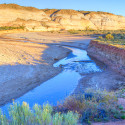Everywhere you go in the Southwest, you’re surrounded by the remarkable beauty of nature. There is an opportunity every day to explore and experience the outdoors and at the same time gain a deep understanding of the artistic processes of all kinds of Native American artists.
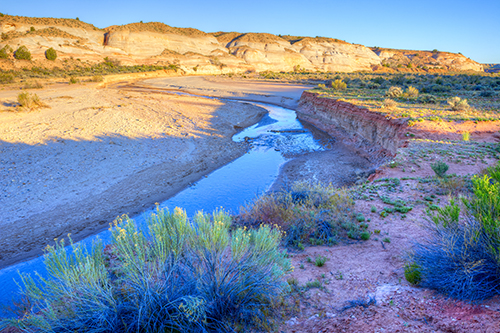
The environment was and is a powerful influence on their work.
While the environment can be particularly motivating and inspiring for artists in general, there is a rich linguistic and cultural mix that came about in the Southwest because of the region’s environmental diversity—the tremendous variation in terrain and the considerable differences of climate, soils, and plant life.
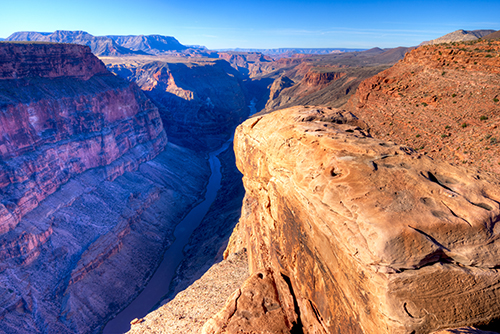
People who lived in these areas years ago developed many traits to adapt to their specific local environment.
And unlike those in other areas of the country, Native American people in the Southwest were able to build on the art created by previous generations and establish a history of the development of their art forms because they didn’t need to move with seasonal changes.
They learned to overcome the challenges of their environment and grow what they needed in order to survive.
It is impossible for me to make a painting which
has no reference to the powerful environment in which I live.
~ Peter Lanyon, Cornish painter
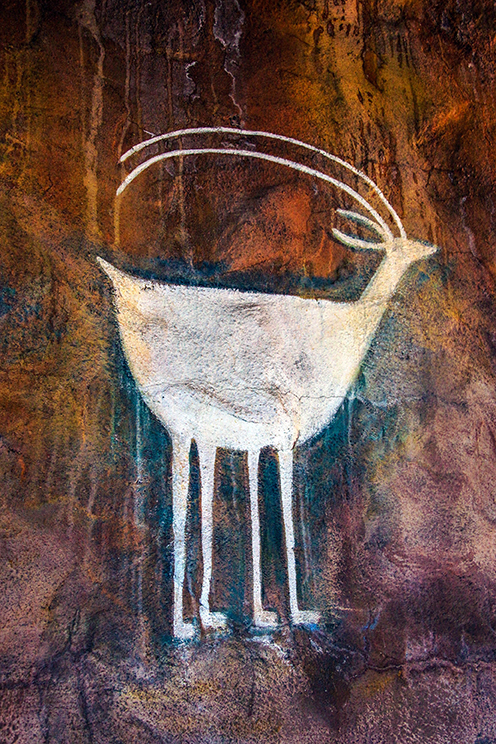
Along with the keen artistic sense of environment, archaeological evidence shows that the southwestern Native American people have also been open to other cultural elements—those of different groups in the region and even early American and European influences. They merged them with their own ideas to create something new and beautiful. All of us can benefit from this sort of environmental awareness and openness to the artistic sense of others, creating new ways of living and working together.
For instance, make an effort to—
[sws_checklist]
- examine your culture—truly understand it.
- consider the culture of others in the same way.
- reflect on the art of various artists and the world that influenced them.
- take a walk or hike in your area, a bicycle or boat ride, and pay attention to the surroundings with all your senses.
[/sws_checklist]
How high your awareness level is determines
how much meaning you get from your world.
~ Ansel Adams
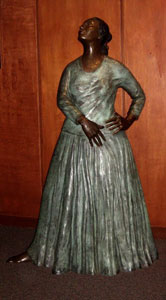
The following artists are extraordinary examples of using both environmental elements and openness:
[sws_checklist]
- R.C. Gorman was referred to by the New York Times as “the Picasso of American Indian art.” Although he worked in other media, he is primarily known for the fluid forms and vibrant colors of his paintings of Native American women. He merged the cultural influences of his family and people with the bold impressions from Mexican artists he had encountered. Check out these images of some of his paintings.
- Native American flutist R. Carlos Nakai blends his native Arizonan surroundings, the expressions of his native communities, and his desire to preserve his own Native American heritage with a wide variety of genres and music of other cultures. This YouTube video of his entire album Canyon Trilogy features a photo montage of ancient Native American rock art from the Southwestern United States.
[/sws_checklist]
Globalization means we have to re-examine some of our ideas, and look at ideas from other countries, from other cultures, and open ourselves to them. And that’s not comfortable for the average person.
~ Herbie Hancock
Living in today’s society, we’re all pushed, pulled, and shaped by our experiences with other people, our culture, and our environment. If we are able to take the time to explore these influences on our attitudes and behaviors and think like an artist, we can learn a tremendous amount about ourselves, our communities, and how we relate to the rest of the world.
— Pat
Sign-up for the Arts Awareness eNewsletter and receive a free gift “Three Lessons to Begin to Make Artistic Principles Work for You in Fascinating Ways.” Like Arts Awareness on facebook.
